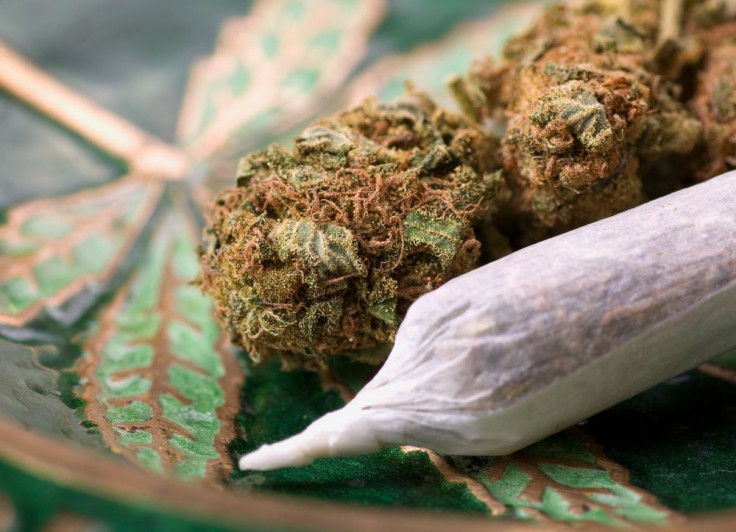Marijuana Secondhand Smoke May Worsen Blood Vessel Function As Much As Tobacco Smoke

Americans around the country are becoming more supportive (or at least tolerant) of marijuana use with each passing year. Less than two weeks ago, Oregon, Alaska, and the nation’s capitol, Washington, D.C., voted to legalize it, and join ranks with Washington and Colorado. But even as those two latter states embrace the drug’s use, conflicting research shows that marijuana use isn’t always beneficial. A new study from the American Heart Association (AHA) shows just that, and suggests that weed’s secondhand smoke may damage blood vessels just as much as tobacco smoke.
“Most people know secondhand cigarette smoke is bad for you, but many don’t realize that secondhand marijuana smoke may also be harmful,” said Dr. Matthew Springer, senior author of the study and associate professor of medicine at the University of California, San Francisco’s cardiology division, in a press release.
Secondhand smoke from cigarettes alone causes upwards of 50,000 deaths a year, according to the American Lung Association. Despite passing through a smoker’s own lungs, it still contains hundreds of toxic and carcinogenic chemicals, such as formaldehyde, arsenic, and ammonia, which end up being inhaled by those nearby. If it’s inhaled enough, over time, it puts a person at risk of respiratory and heart problems. Frequent cannabis use has also been associated with some of these effects, particularly with the respiratory system — the chemicals emitted through combustion of both the marijuana and the paper used to roll it into a joint or blunt contribute to these effects.
The AHA study, which will be presented at the AHA’s Scientific Sessions 2014 meeting in Chicago, used a modified cigarette smoking machine to expose rats to marijuana smoke. Using ultrasound imaging, the researchers looked at how the smoke affected the rats’ main-leg artery function 10 and 40 minutes after exposure. Specifically, they were looking at how much the artery dilated, which would result in lower blood pressure.
They found that 30 minutes after exposure, the rats arterial function had remained 70 percent worse than what it was before inhaling the smoke. This effect was consistent even when cannabis’s main ingredient, tetrahydrocannabinol (THC), was taken out of the smoke before exposure — this measure was taken to ensure it wasn’t the reason for the effect.
The study points to two important things to remember when using marijuana, or being around someone else who is. One, marijuana, just like anything else should be used in moderation and with caution (it’s a drug just like painkillers and stimulants, after all). Just this week, two separate studies were published showing that THC and another compound within could shrink brain tumors, and that marijuana altered areas of the brain, leading to addiction — or at least dependence. Essentially, there’s just as much evidence supporting its benefit as there is exposing its harms.
The second thing to remember is that smoking isn’t the healthiest way to consume marijuana.
As mentioned before, any form of consumption that involves burning the plant material is likely to create hundreds of harmful chemicals, including polycyclic aromatic hydrocarbons (PAHs), a form of particulate matter found in air pollution that’s known to cause cancer. These chemicals also harm the respiratory system, causing bronchitis and mucosal buildup. Instead, experts suggest heath conscious users try edibles (pay attention to dosage) or vaporizers, which heat the plant matter just below the point of combustion, thus releasing cannabis compounds without the extra chemicals created by fire.
When it comes down to it, being in a smoky room, whether it’s marijuana or cigarette smoke, is just plain gross. If you’re consistently around someone using marijuana in an enclosed space, open a window, leave the room, or even ask them to begin using a safer method for delivery. It’ll benefit everyone’ health.
Source: Springer M, Wang X, Narayan S, et al. At The American Heart Association’s Scientific Sessions 2014. 2014.
Published by Medicaldaily.com



























